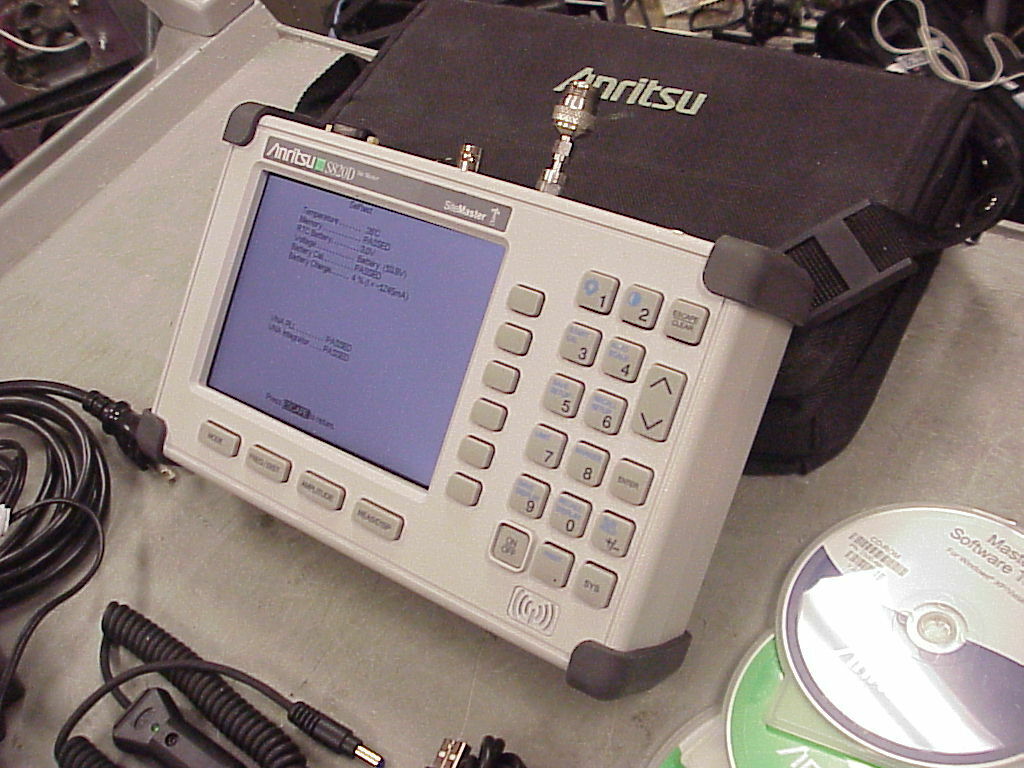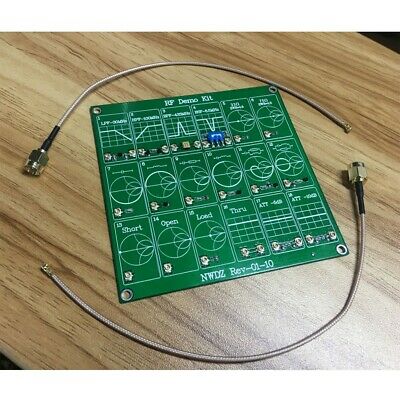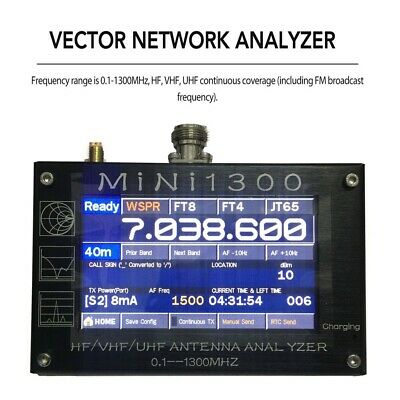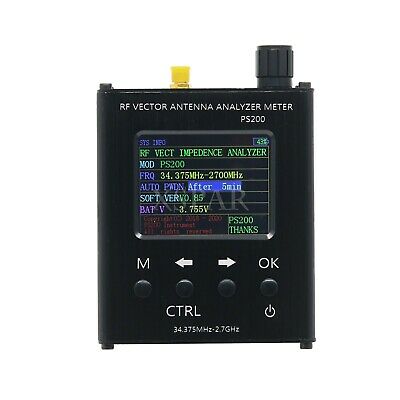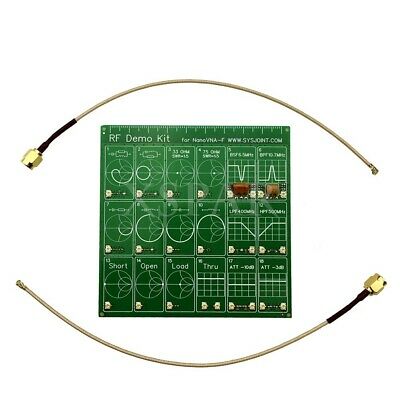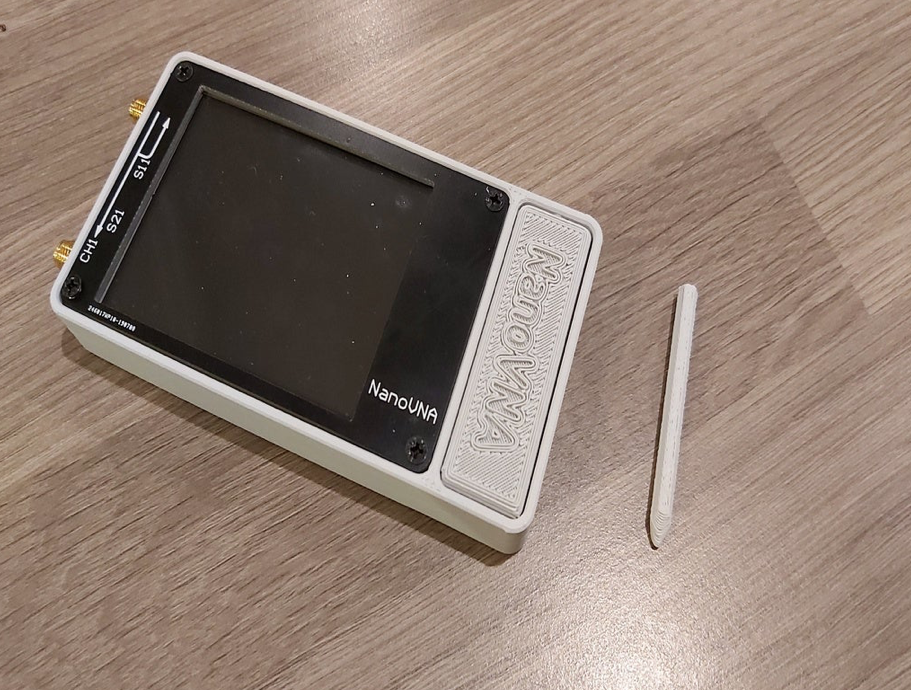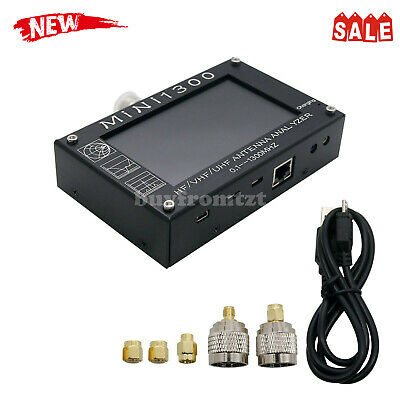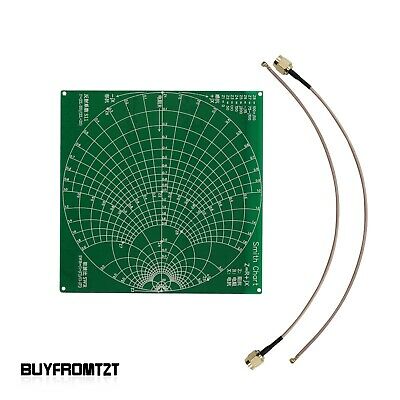-40%
Anritsu Site Master S820D Broadband Cable & Antenna Analyzer SiteMaster S820
$ 5148
- Description
- Size Guide
Description
Anritsu Site Master S820D Cable And Antenna AnalyzerUNIT WILL BE SHIPPED TO ANRITSU FOR CALIBRATION
NEW BATTERY INSTALLED AND NEW ACC AS SHOWN
THERE IS A 2 WEEK DELAY FOR CALIBRATION
The Leading Handheld Broadband Microwave Transmission Line and Antenna Analyzer
Anritsu’s handheld, battery-operated Broadband Site Master is the most accurate and convenient tool available for field installation, verification, troubleshooting and repair of microwave cables and communication systems. With calibrated vector error correction and a convenient user interface, difficult test specifications become easy to verify, quality is improved, and maintenance expenses are reduced.
The Broadband Site Master targets microwave site installers, point-to-point operators, point-to-multipoint operators, radio manufacturers, private/public networks that support microwave links, and defense programs responsible for the installation and maintenance of microwave cables. The Broadband Site Master tests both waveguide and coaxial cables more conveniently than laboratory-sized scalar analyzers or microwave vector network analyzers.
Enhanced Performance and Functionality
The Broadband Site Master offers the following improvements over the preceding model:
Increased frequency range to cover 2 MHz to 20 GHz with a single connection
New CW source module for true two-port cable loss measurements of long cables operating up to 20 GHz
New smoothing feature improves accuracy of cable loss measurements
Added capability to support user-defined calibration kits: two coaxial and two waveguide kits
Increased speed of power monitor measurements by four times
Simplified calibration routine with more messages and added support for the new T-Calibration components (OSLK50, OSLN50)
Enhanced calibration support for TNC cables
Cost Savings and Quality Improvement
Market competition requires operators to reduce per site maintenance expenses. Site Master’s Frequency Domain Reflectometry (FDR) technique breaks away from the traditional fix-after-failure maintenance process by finding small, hard to identify problems before major failures occur.
Sixty to eighty percent of a typical cell site’s problems are caused by problematic cables, connectors and antennas. Cables installed in aircraft and on-board ships are difficult to troubleshoot and can cause extensive down time. When cables are damaged, mis-positioned, or contaminated with moisture, Site Master identifies the problem quickly. Antenna degradation reduces the cell coverage pattern. Site Master can pinpoint the antenna problem from ground level in a few seconds so climbing the antenna tower becomes unnecessary.
FDR Technique
Frequency Domain Reflectometry (FDR) and Time Domain Reflectometry (TDR) have similar acronyms, and both techniques are used to test transmission lines, but that’s where the similarities end. The TDR technique is not sensitive to RF problems. The TDR stimulus is a DC pulse, not RF. Thus, TDR is unable to detect system degradations that often lead to system failures. The FDR technique saves costly, time-consuming trouble shooting efforts by testing cable feedline and antenna systems at their proper operating frequency. Deficient connectors, lightning arrestors, cables, jumpers, or antennas are replaced before call quality is compromised.
Insightful and Convenient Measurements
Site Master performs various RF measurements aimed at simplifying transmission line and antenna system analysis: Return Loss, SWR, Cable Loss, and Distance-to-Fault (DTF). A single soft key selection on the main menu activates the desired measurement mode.
Return Loss, SWR
Return Loss and SWR measurements ensure conformance to system performance specifications. The measurement can easily be toggled between either one of the two modes, and can be performed without climbing the tower.
Cable Loss Measurements Using 1-Port Approach
Cable Loss measurements determine the level of insertion loss within the cable feedline system. Insertion loss can be verified prior to deployment, when you have access to both ends of the cable, or on installed cables without access to the opposite end. Smoothing feature can improve accuracy.
Distance-to-Fault
Although a Return Loss test can tell users the magnitude of signal reflections, it cannot tell the precise location of a fault within the cable system. A Distance-to-Fault measurement provides the clearest indication of trouble areas as it gives both the magnitude of signal reflection and the location of the signal anomaly.
Vector Error Correction



